How to grow rose cuttings in potatoes - the unusual way to expand your rose garden
Learn how to propagate roses in potatoes with our step-by-step guide

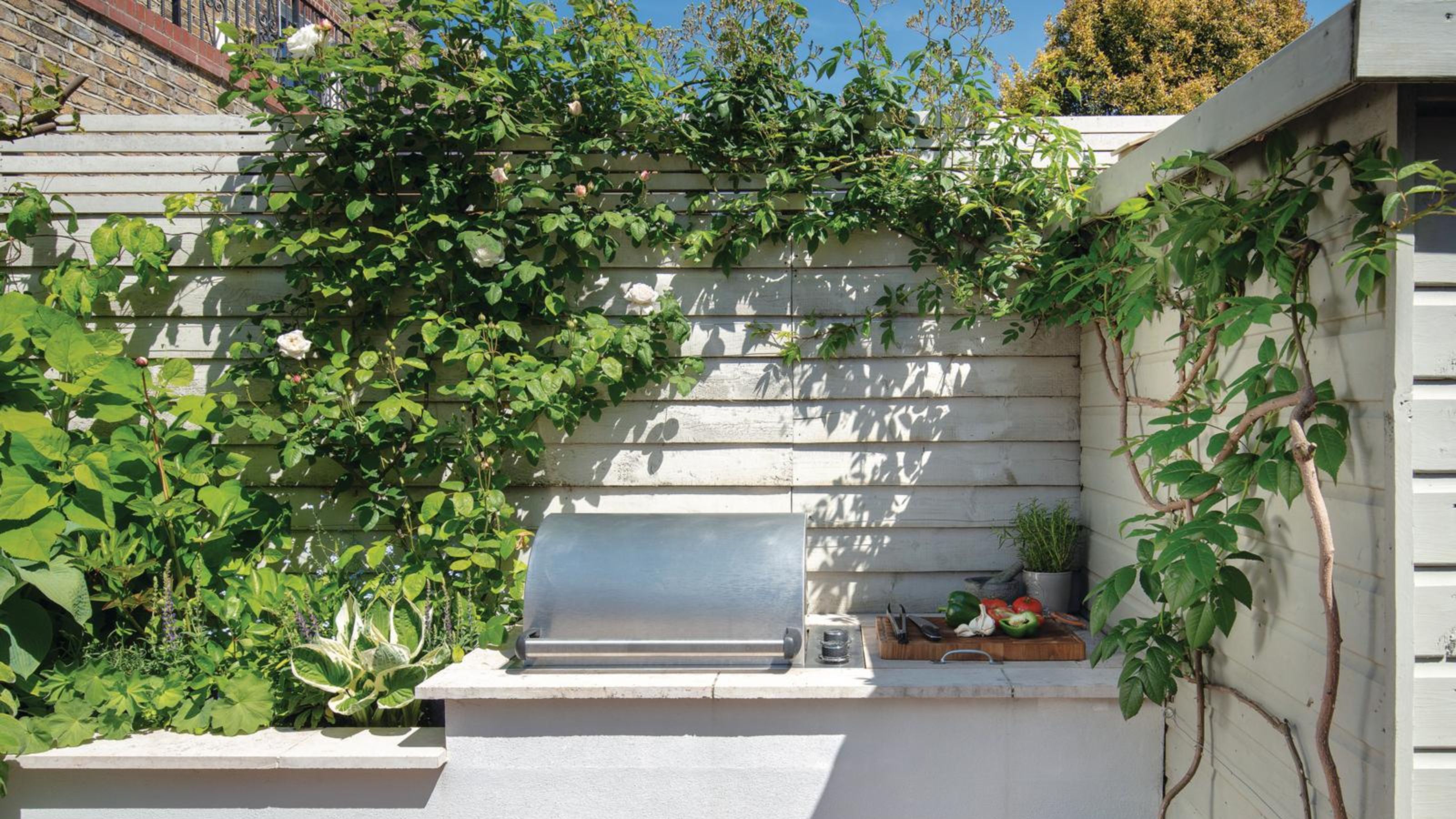
You may have spotted this fun gardening hack already on social media. But if you haven’t, did you know that you could grow rose cuttings in potatoes?
We’re always looking for inventive ways to get plants for free, which is why a few TikTok videos stopped us in our tracks recently. This technique, of how to grow roses from cuttings in potatoes, could also be an easy and creative way for new or novice gardeners to get into gardening. And you may not need to make a trip to the garden centre for a rose bush or rose plant ever again, but you will need a friend will to share some rose cuttings with you.
But how does it work? We put this question to the experts who have shared their top tips along with a step-by-step guide for growing gorgeous blooms from a humble spud.
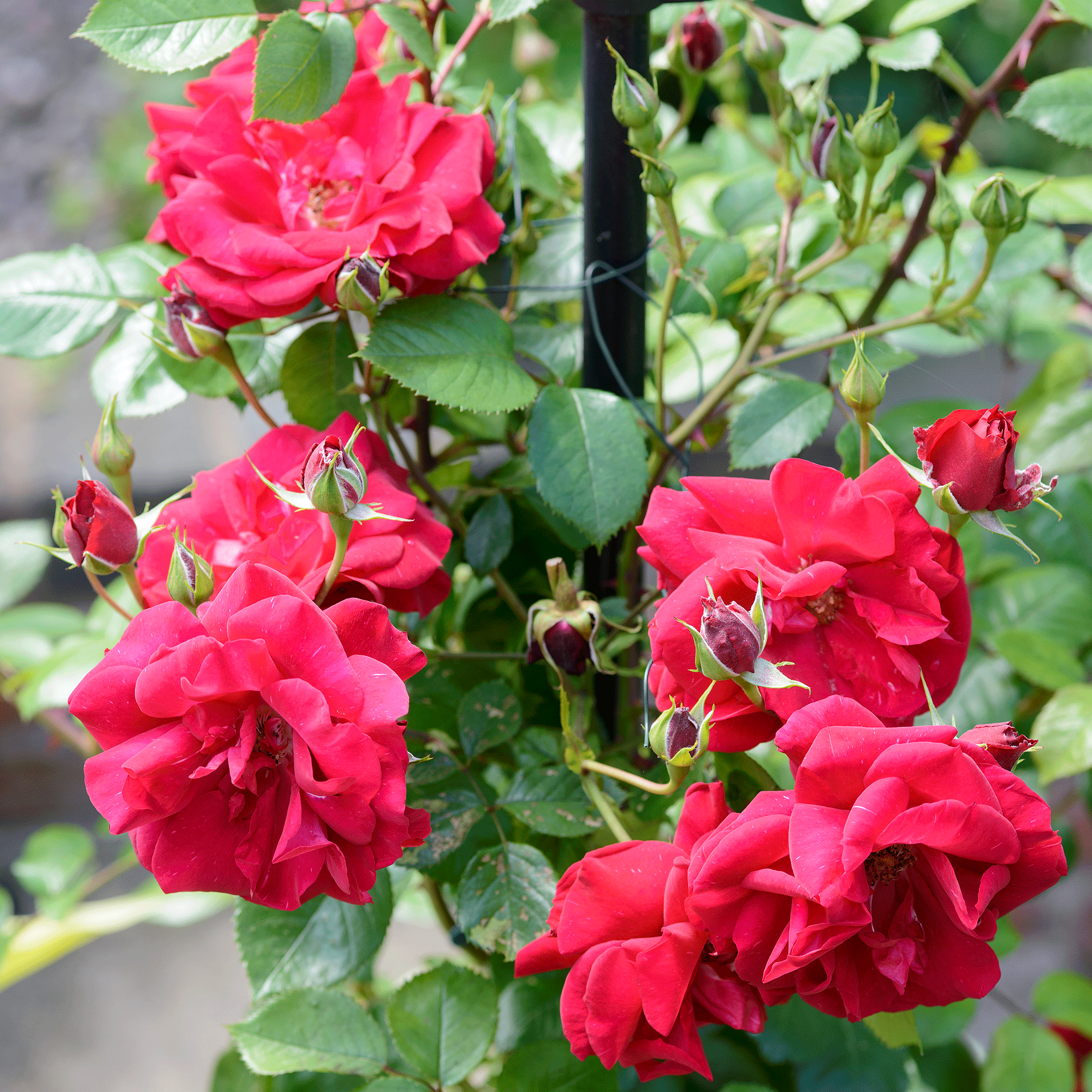
Does growing rose cuttings in potatoes work?
‘Propagating roses using a rose cutting and a potato is not only a fun and novel thing to try, but it also really does work!’ remarks Angharad James, product manager at Phostrogen.
However, it’s not always guaranteed that roses will grow 100% of the time using this method. There is a possibility that it may fail to produce roses. But given that it won’t cost you much – or anything – to try, we think it’s well worth trying.
If you’ve not already discovered the wonder of propagation, this budget friendly garden idea allows you to grow new plants for free or considerably less than buying them.
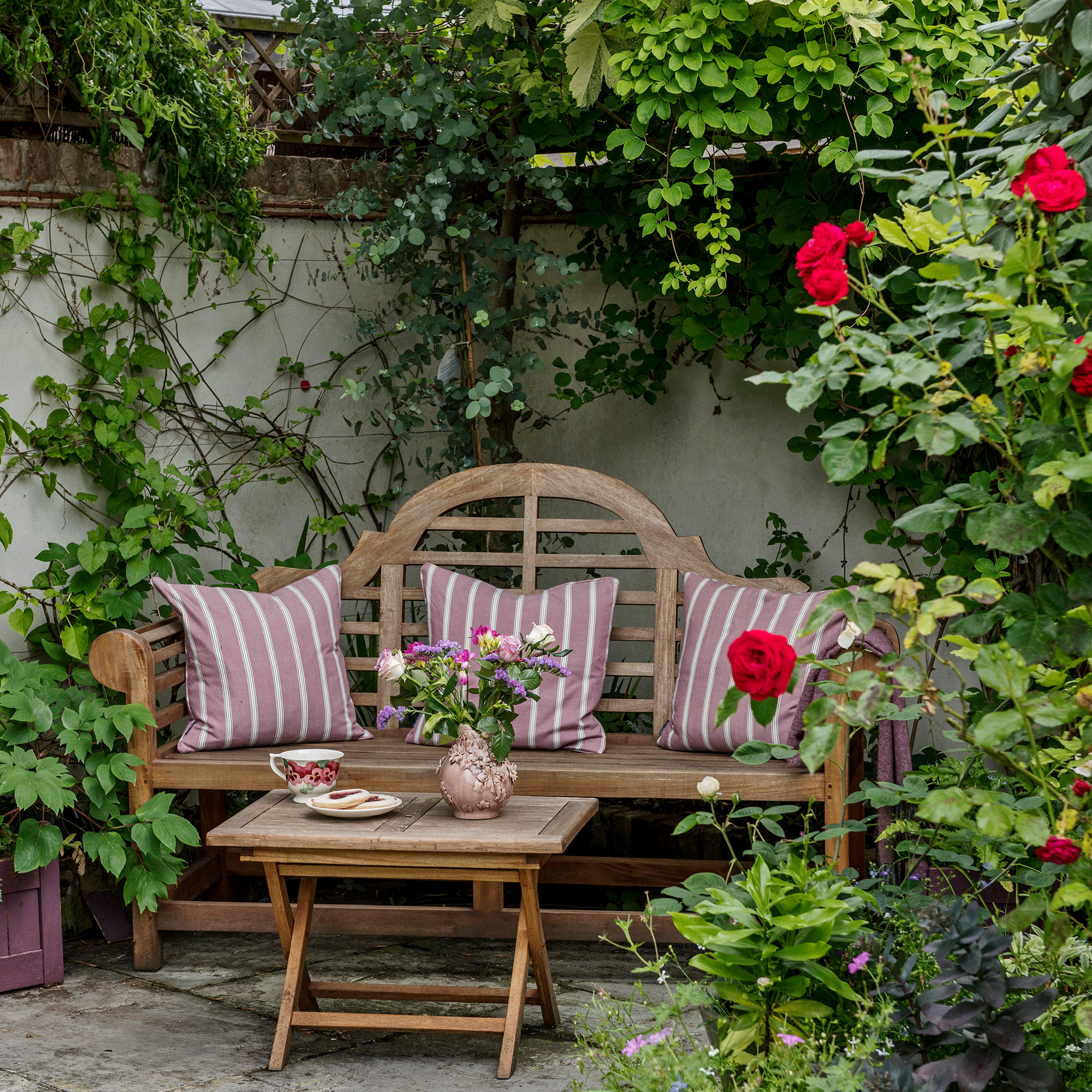
But why a potato, you may ask? ‘That’s because the potato will ensure the cutting remains moist, but not too wet, providing the ideal environment for it to root. The potato also provides nutrients to help the rose thrive, as it breaks down in the soil,’ reveals Angharad.
Sign up to our newsletter for style inspiration, real homes, project and garden advice and shopping know-how
‘Let's face it, this is a pretty quirky way of growing a plant and it's no real shock that this is going viral on social media,’ explains Andrew White from Rhino Greenhouse Direct.
‘It is worth noting however, there's no real evidence to suggest that growing rose cuttings in potatoes is actually any more effective than growing directly in the ground, but that wouldn't be particularly social-media worthy.’
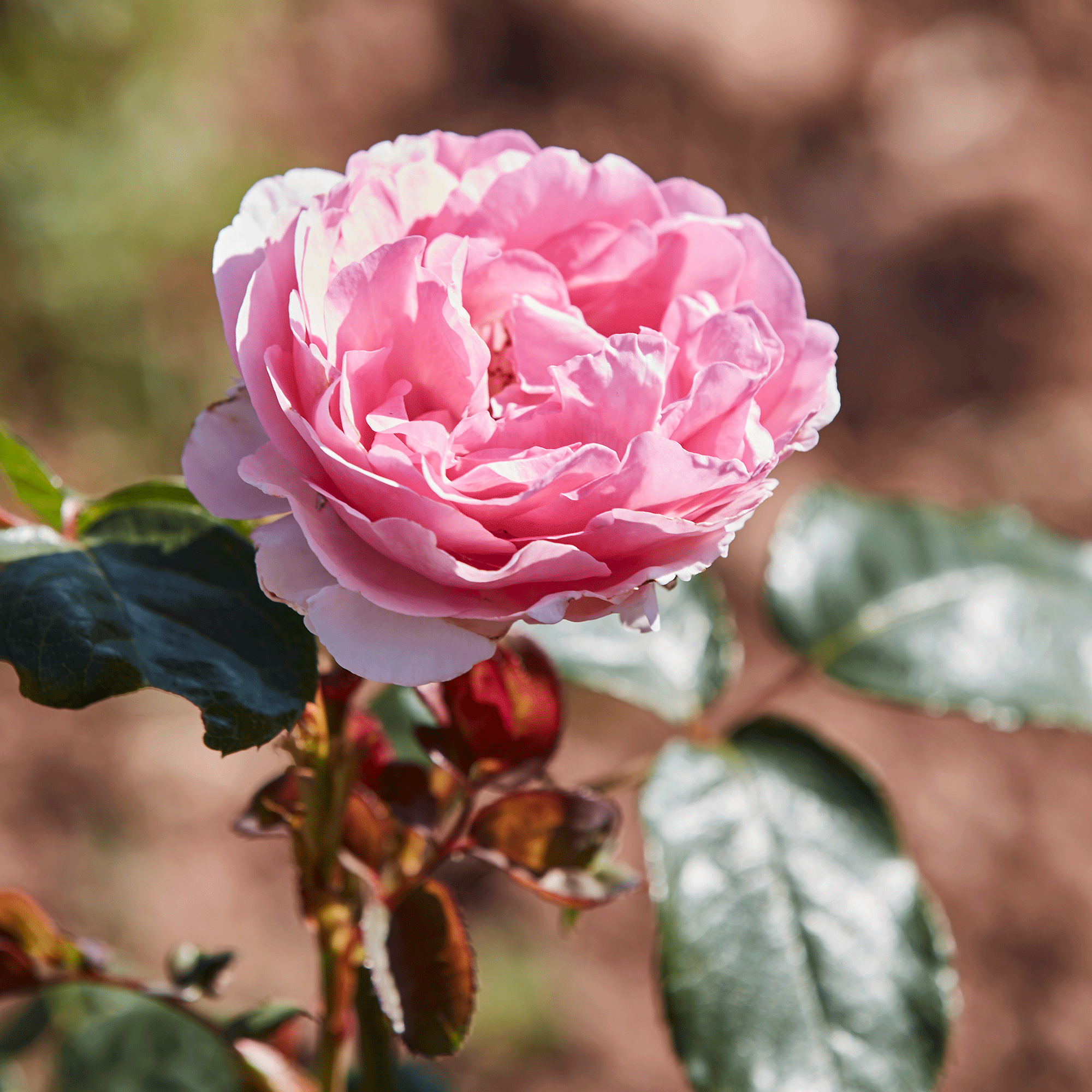
What you'll need
- A healthy rose cutting
- A fresh red or white potato
- A corkscrew, drill or screwdriver
- Gardening gloves; we like that these NickyPicky Gardening Gloves from Amazon are available in three sizes
- Secateurs; these Gardena Bypass Secateurs from Argos are a great option
- A clean knife
- Compost-rich soil; try the Miracle-Gro Peat-free Multi-purpose Compost from B&Q
- A plant pot
- Honey or a rooting hormone; this Doff Natural Rooting Powder from Amazon has thousands of 5 star reviews
A step-by-step guide on how to grow rose cuttings in potatoes
1. Take your rose cutting
‘To give it a go, first you’ll need to take a cutting from a healthy, established rose bush. Find a healthy stem with new growth that has several leaf nodes (that’s where the leaves grow from the stem),’ asserts Angharad.
‘Make a clean cut at a 45-degree angle using sharp, sterilised secateurs, so that you have a stem roughly 25cm long. Then strip the leaves from the bottom half of the stem, as this will encourage the plant to use its energy to form a new root system.’
Once you’ve done this it’s time to grab a fresh potato.
2. Prepare your potato
Essentially you need to create a hole in the potato for the cutting to sit in. ‘It’s usually best to make it a little bit smaller than the cutting itself so that it isn’t too loose,’ Angharad recommends.
You can use whatever you have to hand but a screwdriver, corkscrew or even a drill will suffice. Just make sure you don’t go the whole way through the potato. Aim to go about halfway into the potato.
3. Plant the rose in the potato
Fill a plant pot two-thirds of the way with compost-rich soil leaving enough space to plant the potato.
Next take your rose cutting and either dip it in a rooting hormone or for an even more budget-friendly option, honey. And firmly push the rose into the hole in the potato. Put the potato into the soil, making sure to cover it and then press the soil down firmly. ‘At least the top third of the cutting should be above the soil,’ MyJobQuote.co.uk’s house plant and gardening expert, Fiona Jenkins, recommends.
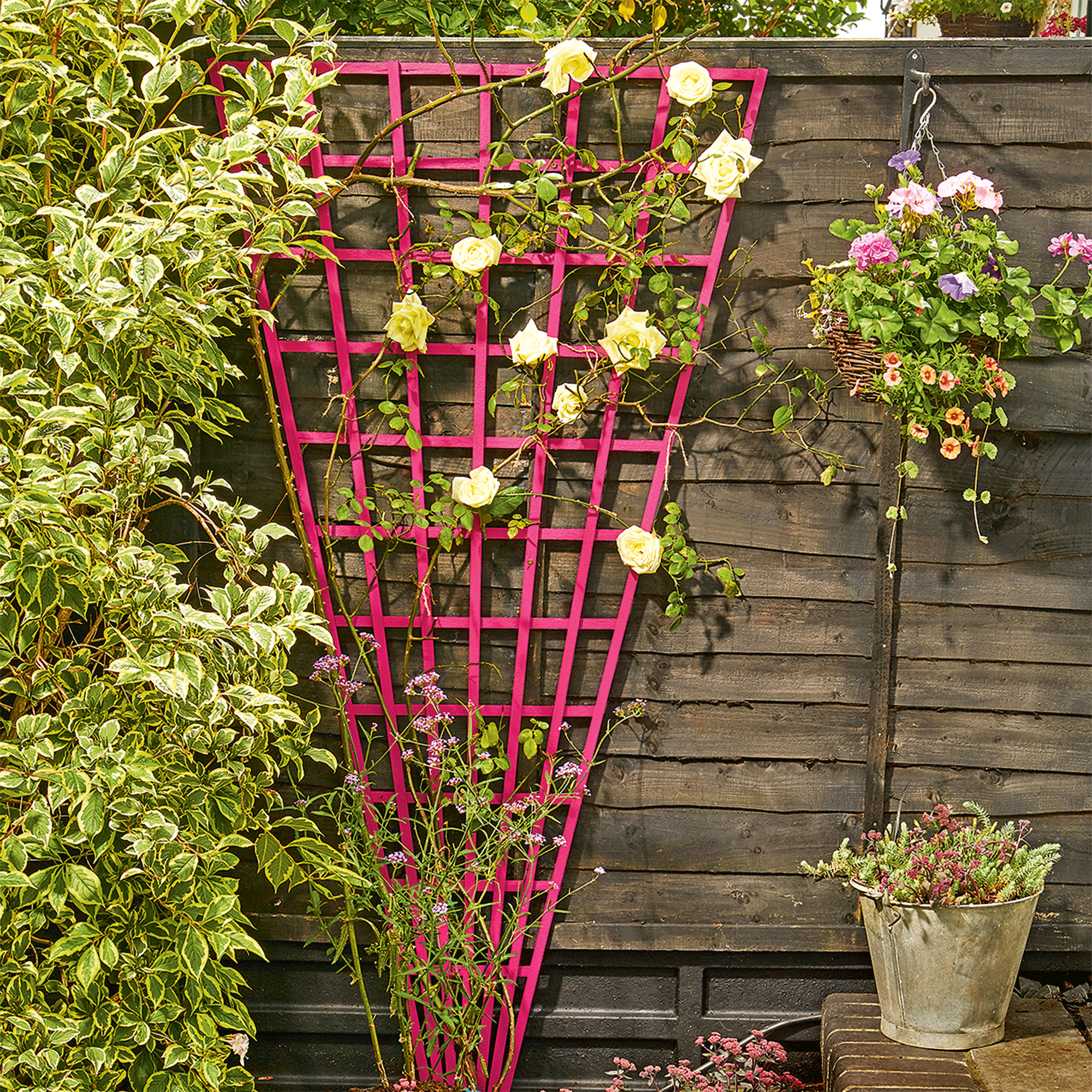
4. Water and wait
Lightly water the area and place your plant pot somewhere warm and bright but out of direct sunlight. You could even put it on a balcony or patio, if you’re short on outdoor space.
‘Roots should begin developing between 4 and 8 weeks. When new leaves develop transplant the rose to a bigger pot or into the garden,’ Fiona concludes.
Like we said while this method does work, you are likely to have just as much success (or failure) with the usual method of planting rose cuttings straight into soil with a rooting hormone. There is currently no evidence to suggest that it works better - but where is the fun in that?

Ellis Cochrane has been a Freelance Contributor for Ideal Home since 2023. Ellis has been writing about homes, interiors and gardens for four years now, with her also contributing to House Beautiful, Country Living, Expert Reviews, Real Homes and Stylist.